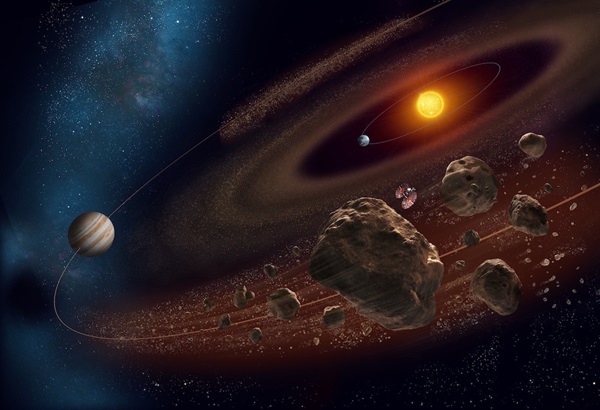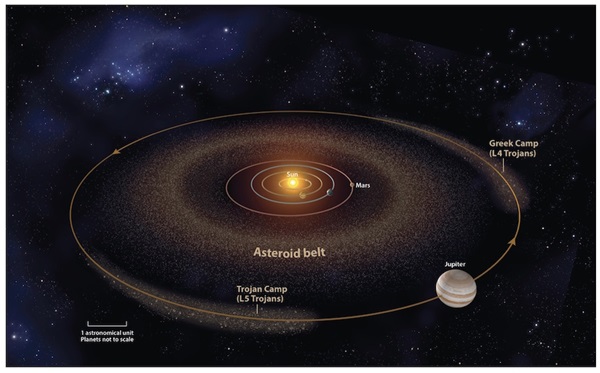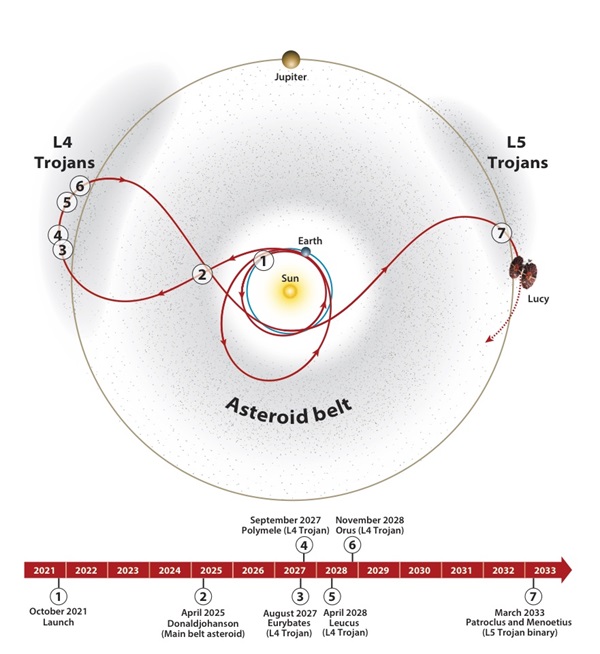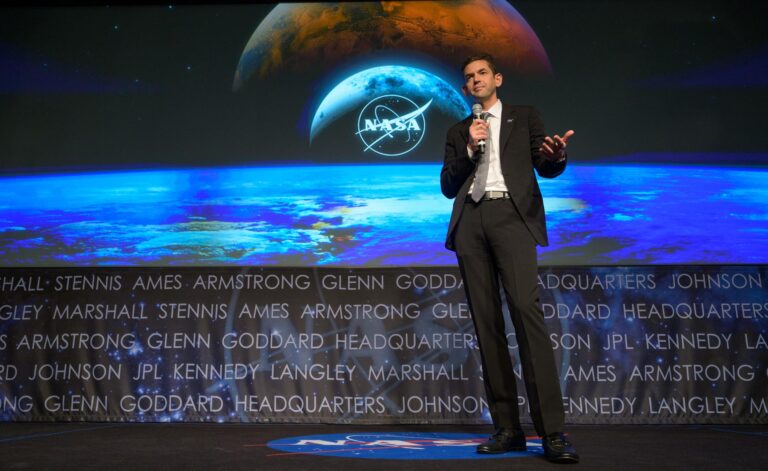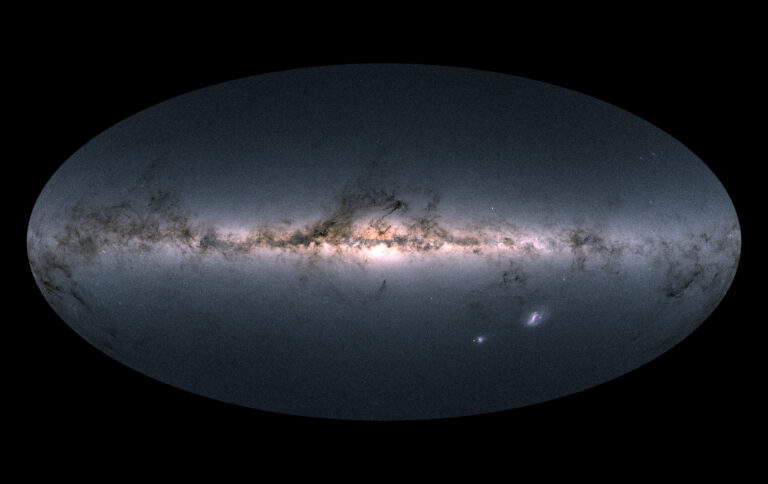Key Takeaways:
If there’s one thing we known from the slew of exoplanets detected over the past few decades, it’s that giant planets are not afraid to cozy up to their stars. However, because the region near an active young star is not the ideal place to build large planets, astronomers tend to think oversized exoplanets first form far from their host stars before migrating inward as they age.
Now, new research suggests the biggest planet in our solar system, Jupiter, likely underwent its own great migration early in its life. And it turns out it was quite the trip.
According to the study, which has been accepted for publication in the journal Astronomy & Astrophysics, although Jupiter now sits an average distance of 5.2 astronomical units from the Sun (1 AU is the average Earth-Sun distance), the core of the gas giant likely formed some 18 AU away. That’s about twice as far as present-day Saturn is from the Sun. Furthermore, Jupiter apparently made the entire journey in less than about a million years, which is just a blink of the eye in astronomical terms.
Although the idea of a wandering Jupiter is not new, “This is the first time we have proof that Jupiter was formed a long way from the Sun and then migrated to its current orbit,” said lead author Simona Pirani, a doctoral student at Lund University, in a press release. “We found evidence of the migration in the Trojan asteroids orbiting close to Jupiter.”
Meet the Trojans
Jupiter’s Trojan asteroids are a mysterious bunch. Sharing an orbit with the giant planet, these dark and reddish bodies are divided into two main groups: the “Greek Camp,” which leads Jupiter, and the “Trojan Camp,” which trails behind.
Though the Minor Planet Center database currently lists 7,190 known Jupiter Trojans, they are not divided equally between the two camps. Instead, according to a preprint of the study available on arXiv.org, the leading Greek Camp has anywhere between 40 and 100 percent more asteroids than the trailing Trojan Camp (the imbalance is more pronounced for smaller asteroids).
“The asymmetry has always been a mystery in the solar system,” said co-author Anders Johansen, a professor of astronomy at Lund University.
In order to investigate why Jupiter has more Trojans in its vanguard than at its flank, the researchers ran advanced computer simulations that marched the early solar system through millions of years of evolution by 50-day increments.
Based on numerous simulations, the researchers say the inward migration of the giant planets always resulted in a larger swarm of Trojans in front of Jupiter instead of behind it. This is due to the fact that as Jupiter travels inward, it creates a wider zone of gravitational stability ahead of the planet, leading to a surplus of Greek Camp asteroids. Other evolutionary models that rely on Jupiter forming in its current position, however, result in equal numbers of Trojans in both camps.
Additionally, the study shows that Jupiter’s great migration occurred pretty darn quick in cosmic terms. Within just a few million years of Jupiter beginning as a small, icy asteroid, the planet grew large enough to capture the majority of its Trojans. Then, over the next roughly 700,000 years, Jupiter and its tag-along Trojans made their push closer to the Sun, propelled by gravitational interactions between the fledgling gas giant and the young Sun’s protoplanetary disk.
But the Trojans aren’t just interesting because they drifted inward with Jupiter. According to the paper, “In our scenario explored here, the Jupiter Trojans are a primordial population in which Jupiter’s core formed. Therefore, they hold precious information about the building blocks of our giant planets’ cores.”
This means, Johansen said, “We can learn a lot about Jupiter’s core and formation from studying the Trojans.” And that’s exactly what an upcoming NASA mission plans to do.
Lucy in the sky
To help researchers better understand Jupiter’s Trojan asteroids — and by extension Jupiter’s mysterious core and the early solar system — NASA plans to launch the Lucy mission in October 2021. Named after a famed 3.2-million-year-old hominin fossil that helped us explore human evolution, Lucy is a Discovery-class robotic spacecraft that aims to shed light on how our solar system came to be.
Over the course of more than a decade, Lucy will venture out to the orbit of Jupiter to explore six different Trojans — targeting asteroids in both the Greek and Trojan camps — along with a main-belt asteroid for good measure.
With the help of Lucy, astronomers will soon explore the dim diamonds in the sky known as the Trojans asteroids. And because these ancient relics likely hold valuable information concerning Jupiter’s core and the infant solar system, the first results of the mission cannot come soon enough.

